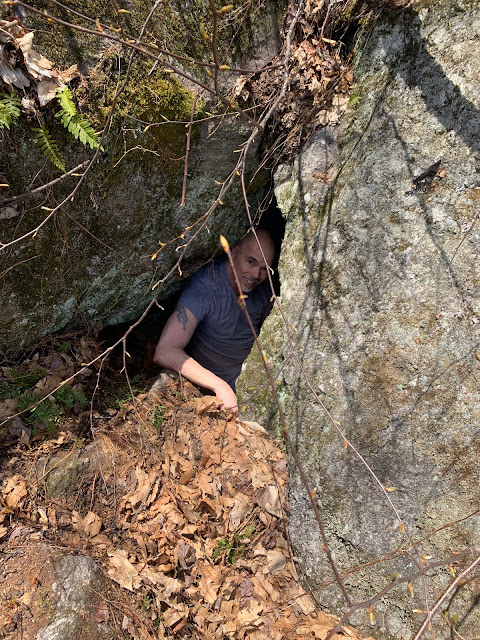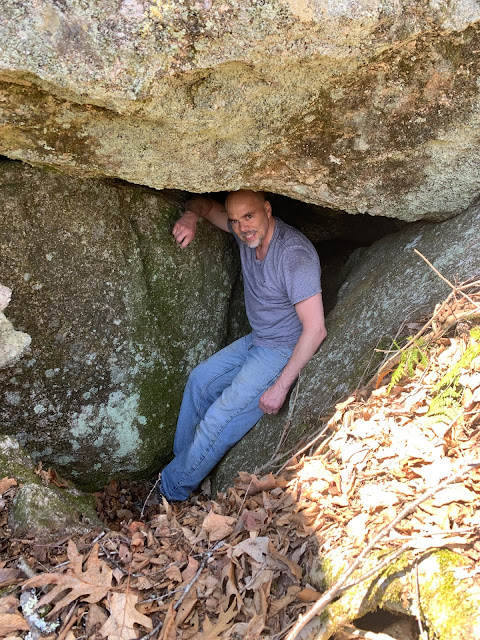Even if you've never heard of an outdoor sculpture park, you can probably form a good idea of what one is just by hearing the term. And I think you'd be right. The idea is to take two things that are each really cool in their own right - artistic creations and hiking through the woods - and combine them into a single afternoon of fun and adventure.
Brookline's Outdoor Sculpture Park, officially known as the Andres Institute of Art, was founded in 1996 by philanthropist Paul Andres and serves to "provide a place in which individuals may experience art and nature in tandem." Their Facebook page describes them as "always open", and with 140 acres they've been able to expand to more than 90 exhibits and counting while still leaving plenty of room for social distancing.
There is no charge to visit here - your only costs are going to be the gas it takes you to make the drive plus a small donation should you choose to leave one. Nor does anyone actively work here. Just show up and grab yourself a map to begin your self-guided hike, and prepare to see all ranges of exhibits. At one extreme will be things like this one that could almost be believed to be a curiosity of nature.
And at the other extreme will be those that have no earthly business in the woods of New Hampshire, exhibits that will leave you marveling at how someone got them out here to begin with.
Expect a few yuks out here, as well. Several exhibits do a good job of combining both talent and humor, such as this one where by the time I figured out what the joke was, it was on me.
But the day I can't come to a place like this and have some laughs is the day I no longer like fun, and our day soon turned into seeing what scenes we could create by interacting with each exhibit. In this one I was nearly tricked into trading my brand new cell phone for a chunk of rock.
As the person who accounts for 100% of the hair in our relationship, my wife was the only one qualified to pose with this next statue.
We took this trip back in 2018 with our friends from WeRmudfun - two people who enjoy fun so much they included it in their name - and it turned out to be one of our most memorable adventures that year. If you'd like to see a little more of what Brookline's Outdoor Sculpture Park has to offer, watch this video Chuck & Cheryl recorded of our antics that day. But as you're watching it remember one thing, my day job is as an accountant, not an actor.
















